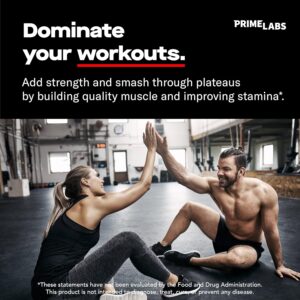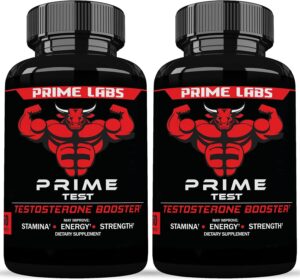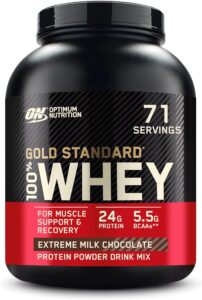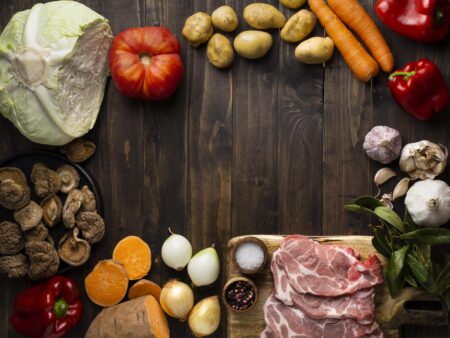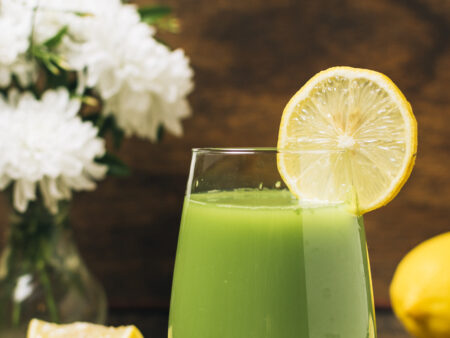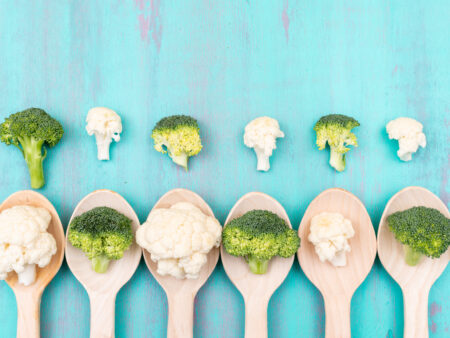
Ryan Rodney Reynolds, born on October 23, 1976, in Vancouver, British Columbia, is a Canadian actor and producer renowned for his versatility and charm. He began his acting career in the early 1990s, gaining initial fame through the TV series “Two Guys and a Girl.” Over the years, Reynolds has carved out a niche for himself in Hollywood, starring in a diverse range of films from romantic comedies like “The Proposal” to action-packed roles in “Safe House” and “6 Underground.” On the personal front, Reynolds is married to actress Blake Lively, with whom he has four children. The couple is known for their playful public interactions and strong family values. Despite his busy career, Reynolds maintains a balanced life, often emphasizing the importance of family and health.
Reynolds is perhaps best known for his portrayal of the wisecracking, anti-hero Deadpool in the eponymous 2016 film and its 2018 sequel, “Deadpool 2.” His performance in these films has been lauded for its wit, energy, and physicality, establishing him as a leading figure in the superhero genre.
Ryan Reynolds’ Deadpool 2 Workout Plan
To reprise his role as Deadpool in “Deadpool 2,” Ryan Reynolds had to undergo an intense and well-structured workout regimen. This plan was crafted by his long-time personal trainer, Don Saladino, who tailored the workouts to ensure Reynolds could achieve the lean, muscular physique required for the role. Here’s a detailed look at the components of Reynolds’ workout plan for “Deadpool 2”:
Workout Philosophy
Reynolds’ approach to fitness for “Deadpool 2” was not just about aesthetics but also functional strength and mobility. The goal was to build a body that could perform as impressively as it looked on screen. This meant incorporating a variety of exercises that enhanced endurance, flexibility, and overall athleticism.
Weekly Workout Schedule
Monday: Chest and Core
1. Warm-Up:
– Jump Rope: 5 minutes
– Dynamic Stretching: 10 minutes
2. Workout:
– Bench Press: 4 sets of 8-10 reps
– Incline Dumbbell Press: 4 sets of 10-12 reps
– Chest Flyes: 3 sets of 12-15 reps
– Push-Ups: 3 sets of 15-20 reps
– Cable Crossovers: 3 sets of 12-15 reps
3. Core:
– Hanging Leg Raises: 4 sets of 15 reps
– Russian Twists: 4 sets of 20 reps (each side)
– Plank: 3 sets of 1-minute holds
Tuesday: Back and Biceps
1. Warm-Up:
– Rowing Machine: 5 minutes
– Mobility Drills: 10 minutes
2. Workout:
– Deadlifts: 4 sets of 6-8 reps
– Pull-Ups: 4 sets of 10-12 reps
– Bent-Over Rows: 4 sets of 10-12 reps
– Single-Arm Dumbbell Rows: 3 sets of 12 reps (each side)
– Face Pulls: 3 sets of 15 reps
3. Biceps:
– Barbell Curls: 4 sets of 12 reps
– Hammer Curls: 3 sets of 15 reps
– Concentration Curls: 3 sets of 12 reps (each arm)
Wednesday: Active Rest or Cardio
1. Active Rest:
– Light Jogging or Brisk Walking: 30-45 minutes
– Yoga or Stretching: 30 minutes
Thursday: Shoulders and Triceps
1. Warm-Up:
– Arm Circles and Shoulder Rotations: 10 minutes
2. Workout:
– Military Press: 4 sets of 8-10 reps
– Lateral Raises: 4 sets of 15 reps
– Front Raises: 3 sets of 12 reps
– Dumbbell Shoulder Press: 3 sets of 10-12 reps
– Upright Rows: 3 sets of 15 reps
3. Triceps:
– Tricep Dips: 4 sets of 12 reps
– Skull Crushers: 3 sets of 12-15 reps
– Overhead Tricep Extension: 3 sets of 15 reps
Friday: Legs and Core
1. Warm-Up:
– Treadmill or Cycling: 5 minutes
– Leg Swings and Dynamic Stretching: 10 minutes
2. Workout:
– Squats: 4 sets of 8-10 reps
– Lunges: 4 sets of 12 reps (each leg)
– Leg Press: 3 sets of 12-15 reps
– Hamstring Curls: 3 sets of 15 reps
– Calf Raises: 4 sets of 20 reps
3. Core:
– Ab Wheel Rollouts: 4 sets of 15 reps
– Mountain Climbers: 4 sets of 20 reps (each side)
– Bicycle Crunches: 3 sets of 25 reps
Saturday: Functional Training and HIIT
1. Warm-Up:
– Dynamic Mobility Drills: 10 minutes
2. Workout:
– Kettlebell Swings: 4 sets of 20 reps
– Battle Ropes: 4 sets of 1-minute intervals
– Box Jumps: 4 sets of 15 reps
– Medicine Ball Slams: 4 sets of 20 reps
– Sled Pushes: 4 sets of 50 meters
3. HIIT:
– Circuit of high-intensity exercises (e.g., burpees, jump squats, sprints): 20 seconds on, 10 seconds off, for 8 rounds.
Sunday: Rest and Recovery
1. Activities:
– Complete rest or light activities such as walking, stretching, or yoga.
Nutrition Plan
To complement his workout regimen, Reynolds followed a meticulously planned diet designed to fuel his training and aid in muscle recovery. Here’s an overview of his nutrition strategy:
1. Balanced Macronutrients
– Protein: Essential for muscle repair and growth, sources included chicken, fish, lean beef, and protein shakes.
– Carbohydrates: Provided energy for intense workouts, sourced from brown rice, sweet potatoes, quinoa, and oats.
– Fats: Important for overall health and hormone production, with sources like avocados, nuts, and olive oil.
2. Meal Timing
– Reynolds ate multiple small meals throughout the day to maintain energy levels and support metabolism.
3. Hydration
– Drinking plenty of water was crucial, especially due to the intensity of his workouts.
4. Supplements
– Protein powder for muscle repair.
– Multivitamins to ensure all micronutrient needs were met.
– Omega-3 fatty acids for joint health and inflammation reduction.
Ryan Reynolds’ transformation for “Deadpool 2” showcased his unwavering commitment to embodying the character both physically and mentally. With the guidance of renowned celebrity trainer Don Saladino, Reynolds embarked on a rigorous fitness journey that not only sculpted his physique but also fortified his overall strength and stamina. Reynolds’ dedication to his training regimen was evident in the results he achieved. His physique in the film reflected a combination of lean muscle mass, defined abs, and a level of functional strength necessary for the demanding action sequences characteristic of the Deadpool franchise. This transformation wasn’t merely about aesthetics; it was about preparing his body to endure the physical demands of the role while performing stunts and action sequences.
Central to Reynolds’ approach was the emphasis on a well-rounded fitness routine. This involved not only intense workouts but also a balanced diet tailored to support his training goals. By incorporating a variety of exercises, including strength training, cardiovascular workouts, and flexibility exercises, Reynolds was able to enhance not only his physical appearance but also his overall fitness and performance capabilities. Reynolds’ commitment to maintaining a balanced lifestyle serves as an inspiration for aspiring individuals seeking to achieve their own fitness goals. His journey underscores the importance of dedication, consistency, and a holistic approach to health and wellness. By prioritizing both physical fitness and functional strength, Reynolds demonstrated that achieving peak physical condition is not only attainable but also immensely rewarding.
